
During the winter months, hares, also known as jackrabbits or snowshoe hares, may face challenges related to food availability, shelter, and extreme weather conditions. While hares are adapted to survive in cold climates and can generally survive the winter without additional assistance, there are a few things that you can do to help hares during this time. In this article we will go over them.
To help hares in winter, avoid disturbing their habitat and provide food/water if needed. Protect and preserve their habitat. Remember hares are wild animals and are not suitable as pets. Prepare early in the year by planting shrubs they like to eat.
To help hares during the winter, you can take a few simple steps to ensure their well-being and support the health of their ecosystem. Avoid disturbing hares and their habitat, as this can disrupt their natural behaviors and make it more difficult for them to survive. If hares are struggling to find enough food and water in your area, you can consider setting out a dish of water or a small pile of hay for them. However, it is important to follow any local laws or regulations regarding feeding wild animals, as it is generally not advisable to feed hares or other wild animals on a regular basis. In addition to providing food and water, you can help hares by protecting and preserving their habitat. This may involve advocating for policies and practices that protect natural habitats, participating in conservation efforts, or volunteering with organizations that work to protect and preserve hare habitat. By taking these simple steps, you can help to ensure the well-being of hares and support the overall health of the ecosystem.
How To Help Hares In Winter
There are different ways to help hares, and all ways may not suit everyone. Below are five examples of how you can help hares this winter.
1. Avoid disturbing their habitats
Hares are found in a variety of habitats, including forests, grasslands, deserts, and tundra. They are widely distributed throughout North America, Europe, Asia, and North Africa. To find a hare habitat in your area, you can do the following:
- Research online: Look up information about hares and their habitat online. You can search for specific information about hares in your region or check out websites and resources from local conservation organizations or wildlife agencies.
- Ask a local expert: Contact a local expert, such as a park ranger, wildlife biologist, or naturalist, for information about hares and their habitat in your area. These experts may be able to provide you with specific information about hare habitat in your region.
- Look for signs of hares: Keep an eye out for signs of hares in your area, such as tracks, droppings, or burrows. These can be indicators that hares are present in the area.
- Visit hare-friendly habitats: Visit areas where hares are known to live, such as forests, grasslands, or meadows. These habitats may provide good opportunities to observe hares and learn more about their behavior and habitat preferences.
By following these steps, you may be able to locate hare habitat in your area and learn more about these fascinating animals. However, it is important to remember that hares are wild animals and should be respected and observed from a distance. Do not disturb hares or their habitat, and be sure to follow any laws or regulations regarding interactions with wild animals.
💡 Did you know we also have an article on what foods in your yard hares might eat? Check it out here.
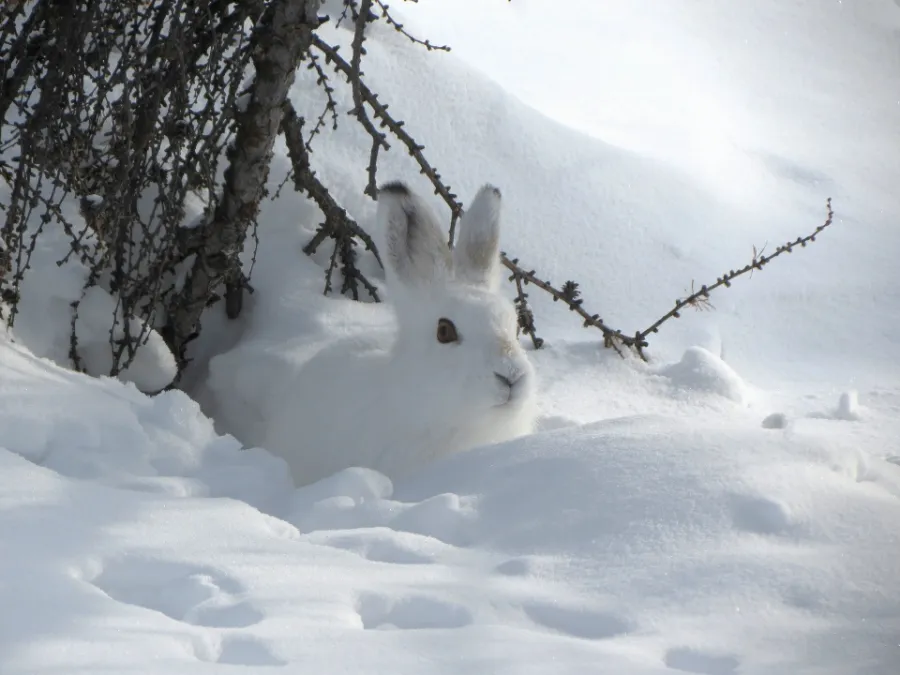
2. Provide food and water to the hares
Hares are herbivores and primarily eat plants, including grasses, shrubs, and trees. In the winter, hares may have difficulty finding food due to the lack of fresh plant growth and the availability of other food sources. If you want to provide hares with food during the winter, you can offer them a variety of plant-based options, such as:
- Hay: Hares will often eat hay if it is available. You can offer hay as a source of food by setting out a small pile or using a hay feeder.
- Vegetables: Hares may also eat vegetables, such as carrots, lettuce, or cabbage. You can offer these vegetables as a source of food by setting out a small dish or placing them in a feeder.
- Fruit: Hares may eat fruit, such as apples or berries, if it is available. You can offer fruit as a source of food by setting out a small dish or placing it in a feeder.
- Plant material: Hares may also eat plant material, such as leaves, twigs, or bark. You can offer this type of food by setting out a small pile or using a feeder specifically designed for plant material.
It is important to remember that hares are wild animals and are adapted to finding their own food in the wild. Providing hares with food is generally not necessary, and it is generally not advisable or ethical to feed hares on a regular basis. If you do choose to provide hares with food, be sure to follow any local laws or regulations regarding feeding wild animals, and offer food in a way that is safe and respectful of the hares and their habitat.
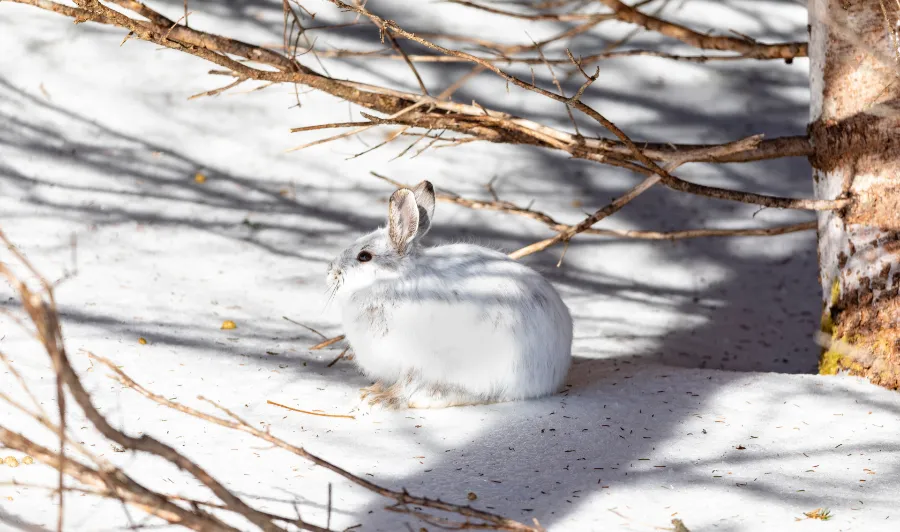
3. Prepare in head of time
If you wish to be proactive and give hares their own chance of getting food in upcoming winters you might want to consider planting shrubs in your yard and invite them.
Hares are herbivores and will eat a variety of plants, including shrubs. The types of shrubs that hares may eat will depend on the species of hare and the types of shrubs available in their habitat. Some common types of shrubs that hares may eat include:
- Willow: Willows are a type of deciduous shrub that are found in a variety of habitats, including wetlands and riverbanks. Hares may eat the leaves, twigs, and bark of willows.
- Buckthorn: Buckthorn is a type of deciduous or evergreen shrub that is found in a variety of habitats, including woodlands, fields, and wetlands. Hares may eat the leaves and twigs of buckthorn.
- Holly: Holly is a type of evergreen shrub that is found in a variety of habitats, including woodlands, fields, and gardens. Hares may eat the leaves and berries of holly.
- Dogwood: Dogwood is a type of deciduous shrub that is found in a variety of habitats, including woodlands, fields, and gardens. Hares may eat the leaves, twigs, and berries of dogwood.
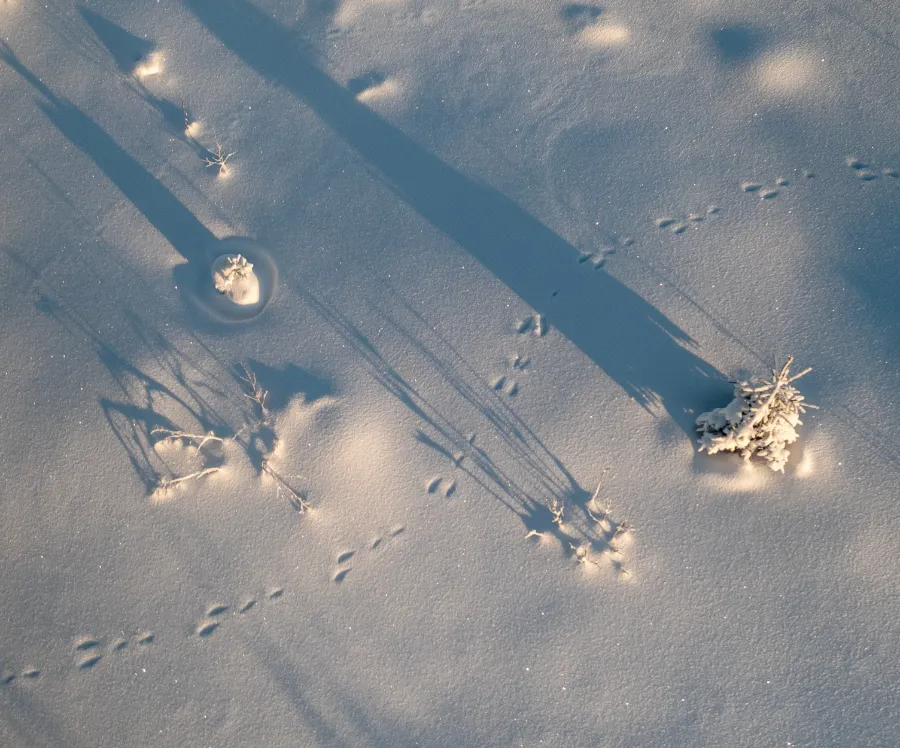
4. Protect their habitat
There are a number of ways that you can help protect hares and their habitat. Some steps you can take include:
- Support conservation efforts: One way to help protect hares and their habitat is to support conservation organizations and efforts that work to protect and preserve hare habitat. You can do this by donating money, volunteering your time, or advocating for policies and practices that support conservation.
- Protect hare habitat in your area: You can also help protect hares and their habitat by taking action in your own community. This may involve working with local organizations or agencies to protect hare habitat, such as by advocating for the preservation of natural areas or participating in habitat restoration projects.
- Be mindful of your impact: When you are out and about, be mindful of your impact on hares and their habitat. Avoid disturbing hares or their habitat, and be sure to follow any laws or regulations regarding interactions with wild animals.
- Educate others: You can also help protect hares and their habitat by educating others about the importance of these animals and the need to preserve their habitat. Share information about hares and their habitat with friends, family, and your community, and encourage others to take action to protect these animals.
By taking these steps, you can help to protect hares and their habitat and support the overall health of the ecosystem.
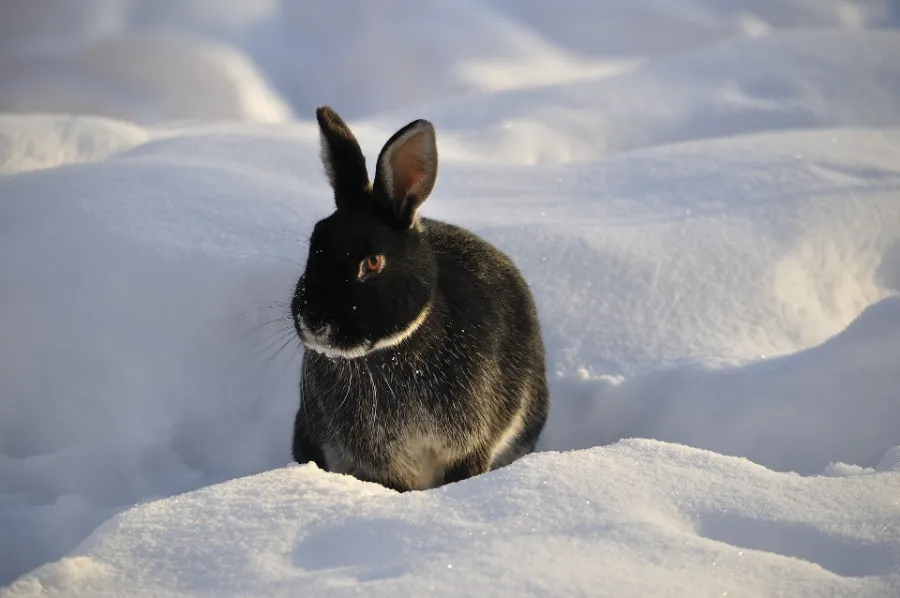
5. Provide shelter
Providing shelter for hares during the winter can be an effective way to help these animals survive and thrive during the colder months. Hares are adapted to survive in cold climates and are generally able to survive the winter without additional assistance. However, in some cases, hares may benefit from additional shelter to protect them from extreme weather conditions or to provide them with a safe and warm place to rest.
There are a few different ways that you can provide shelter for hares during the winter. One option is to build a hare house or other protective structure, such as a shed or barn, that hares can use as a refuge. These structures should be located in an area where hares are known to live or where they are likely to find shelter, such as in a field or meadow. The structure should be large enough to accommodate several hares, and should be located in a sheltered area that is protected from strong winds and extreme temperatures.
In addition to providing a physical structure for hares to use as shelter, you can also help hares by providing them with materials that they can use to build their own shelters. Hares may use materials such as leaves, grass, twigs, or branches to build nests or burrows, which can provide them with protection from the elements. By providing hares with access to these materials, you can help them build their own shelters and improve their chances of surviving the winter.
It is important to remember that hares are wild animals and are adapted to finding their own shelter in the wild. Providing hares with shelter should generally be done only in cases where hares are struggling to find shelter on their own or are at risk due to extreme weather conditions.When providing shelter for hares, it is important to follow any local laws or regulations regarding interactions with wild animals, and to take steps to minimize any negative impacts on the hares or their habitat. It is generally not advisable or ethical to try to domesticate or tame hares, and it is important to respect their natural behaviors and needs. By taking these steps, you can help hares during the winter in a way that is safe, respectful, and beneficial for these animals and the ecosystem as a whole.
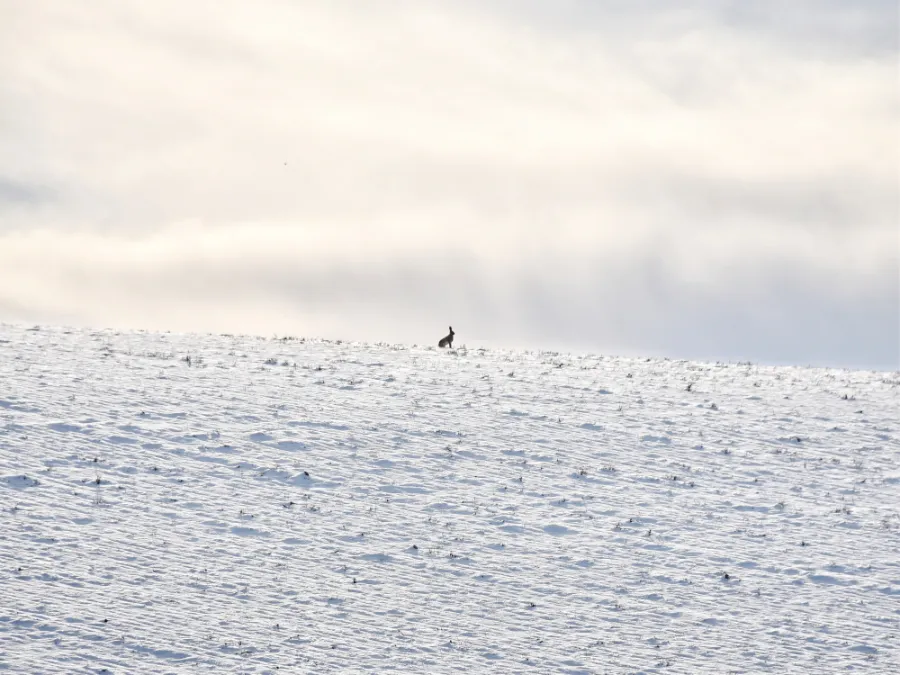
In conclusion
Hares may face challenges during the winter months related to food availability, shelter, and extreme weather conditions. While hares are adapted to survive in cold climates and can generally survive the winter without additional assistance, there are a few things that you can do to help them. To help hares in winter, avoid disturbing their habitat and provide food and water if needed. Protect and preserve their habitat. Remember hares are wild animals and are not suitable as pets. Prepare early in the year by planting shrubs they like to eat. If hares are struggling to find enough food and water in your area, you can consider setting out a dish of water or a small pile of hay for them. However, it is important to follow any local laws or regulations regarding feeding wild animals, as it is generally not advisable to feed hares or other wild animals on a regular basis. In addition to providing food and water, you can help hares by protecting and preserving their habitat. This may involve advocating for policies and practices that protect natural habitats, participating in conservation efforts, or volunteering with organizations that work to protect and preserve hare habitat. By taking these simple steps, you can help to ensure the well-being of hares and support the overall health of the ecosystem.
